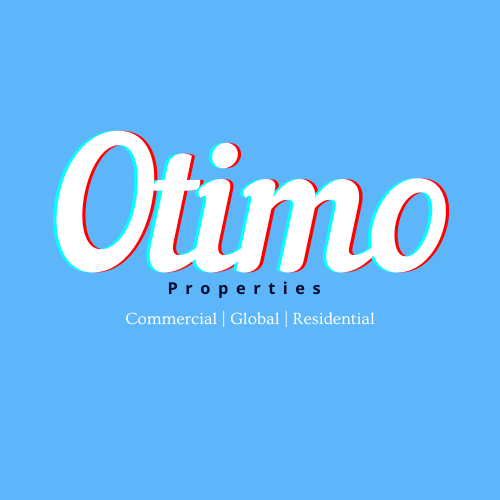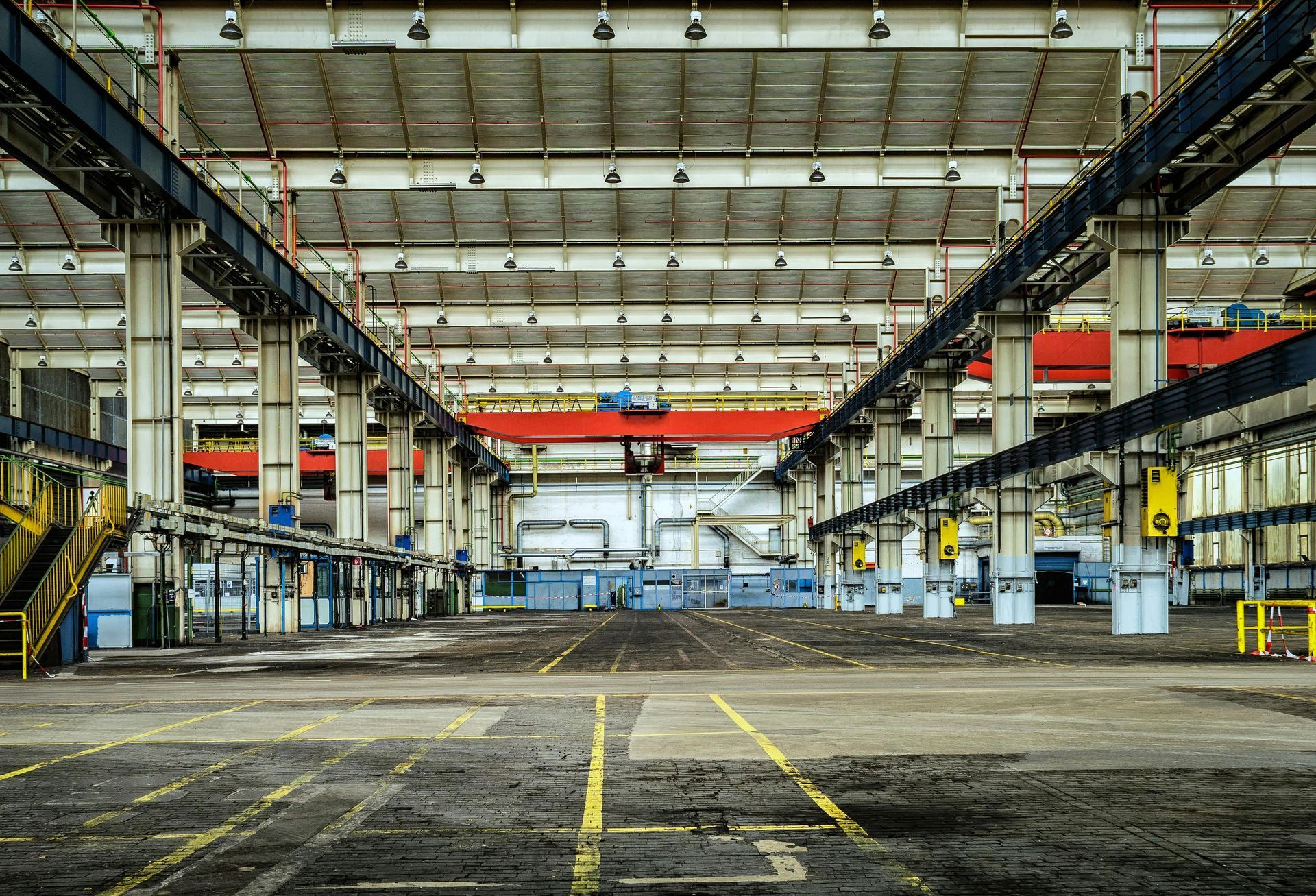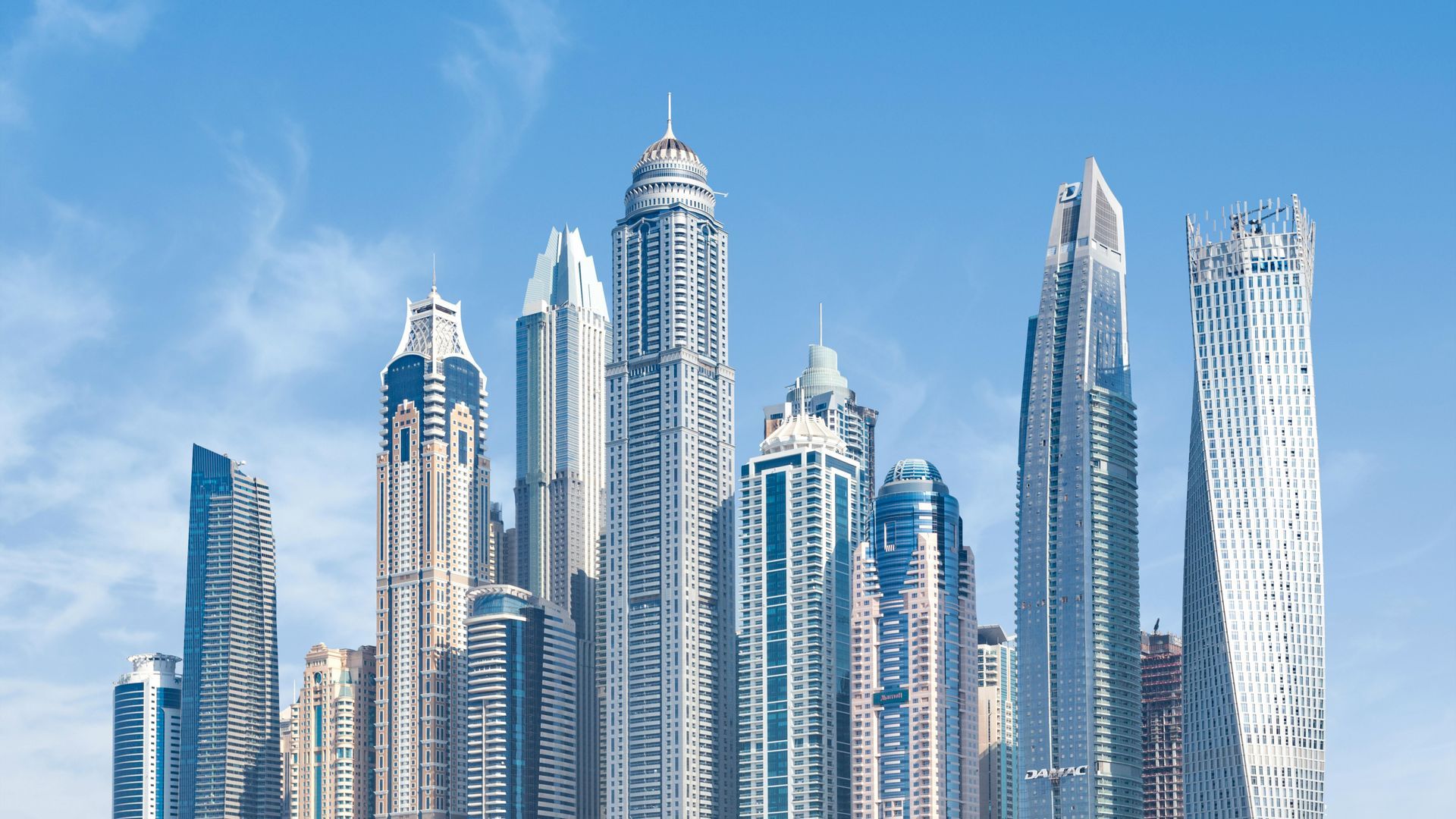Green is the New Gold, Or is it?
A Look at the Challenges of ESG in Commercial Real Estate

Green is the New Gold... Or Is It? A Look at the Challenges of ESG in Commercial Real Estate
The phrase "Green is the New Gold" has gained traction in the commercial real estate world, suggesting that environmentally responsible buildings not only help the planet but also deliver stronger returns. It’s an appealing idea: properties with sustainability certifications, efficient systems, and ESG (Environmental, Social, and Governance) alignment command higher rents, reduce operating costs, and attract quality tenants. But as the movement grows, so does the scrutiny. Is the hype around ESG justified, or are there significant challenges being overlooked?
The ESG Movement: Why It Matters
The momentum behind ESG in commercial real estate is undeniable. Institutional investors increasingly demand ESG accountability. Tenants, especially large corporations, seek out green-certified spaces to align with their own sustainability goals. Cities and states are rolling out regulations that require energy benchmarking, emissions reductions, and green building standards. From a branding and future-proofing standpoint, going green can seem like a no-brainer.
Counterpoint: The Cost Barrier to Going Green
Despite the benefits, implementing ESG strategies can come with steep costs. Retrofitting older buildings with energy-efficient HVAC systems, insulation, or solar panels can be financially daunting, particularly for Class B and C property owners. LEED or WELL certifications often involve expensive consultants and compliance procedures. Many small to mid-sized landlords simply can’t justify the upfront expense, especially if tenant demand isn’t strong enough to ensure quick payback.
Green Fatigue and Tenant Indifference
While ESG appeal is real, it’s not universal. In some markets, tenants prioritize basics like ample parking, good signage, or favorable lease rates far above environmental performance. This is especially true in sectors like warehousing, light industrial, and small business retail. Moreover, some tenants are skeptical of sustainability claims, viewing them as greenwashing unless there’s tangible, operational benefit.
Regulatory Overreach or Market Evolution?
Municipalities across the U.S. are increasing mandates around building efficiency and emissions. While some developers welcome the push as a catalyst for innovation, others view it as overreach. Mandates that apply uniformly across all building types and ages can create burdens on owners of legacy properties, many of whom operate with thin margins. These rules can unintentionally widen the gap between high-end and mid-market properties.
Where’s the Proof? Mixed Data on Premiums and Returns
Although green-certified buildings often report higher rental rates and occupancy, the data isn’t always consistent. The financial premium varies widely depending on location, asset type, and tenant profile. In some cases, green investments may not produce the expected lift in value or rent. As interest rates remain elevated, underwriting green upgrades has become even more cautious.
Conclusion: A Nuanced Future
There is no doubt that ESG will continue to shape the commercial real estate landscape. But the narrative that "green equals gold" needs nuance. Going green can create value — but it isn't a guaranteed formula for success. Smart investors, landlords, and developers will weigh the benefits of sustainability with market realities, asset-specific considerations, and cost constraints. In the end, green may still be gold... but only when the numbers make sense.



















